Hello everyone!
When it comes to lighting fixtures used on stage, they tend to get so hot that you can’t even touch them with your bare hands. So today, I’m going to focus on the heat dissipation parts of these fixtures and guide you through their maintenance.
■ About Heat Sinks
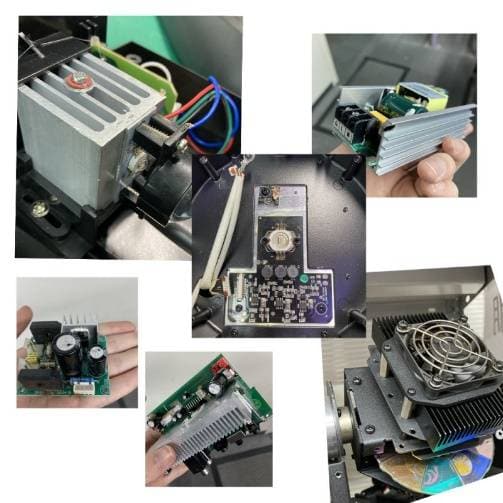
Lighting fixtures get really hot during use, and if you look inside, you’ll see that parts like LEDs (which emit both light and heat) are attached directly to metal.
This jagged piece of metal is commonly referred to as a heat sink. Its design increases the surface area to improve the efficiency of heat exchange with the air.
Though the mechanism is different, it works similarly to those cooling gel sheets we use on our foreheads when we have a fever.
Some devices even have the entire casing designed as a heat sink to help dissipate heat more effectively.
■ But Actually...
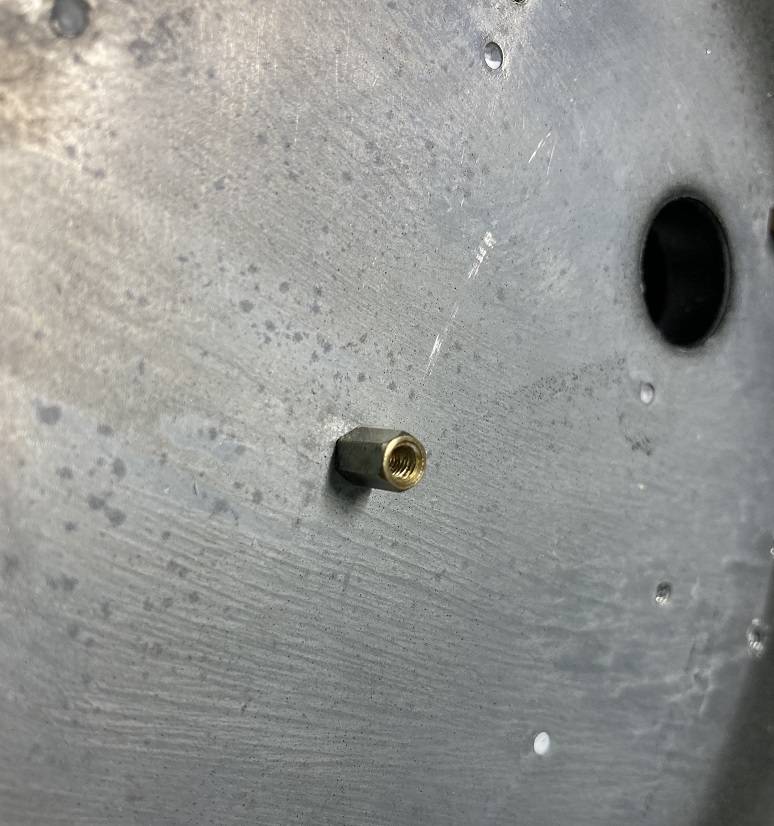
Simply placing the PCB on the heat sink doesn’t provide perfect contact.
*PCB=Printed Circuit Board
As shown in the picture, the metal surface has tiny scratches and uneven spots, some large enough to see with the naked eye, while others are microscopic. These imperfections create air pockets.
The air has a very low thermal conductivity, which acts as an insulator and reduces heat transfer efficiency.
So, the presence of air between the PCB and heat sink can hinder the efficient flow of heat.
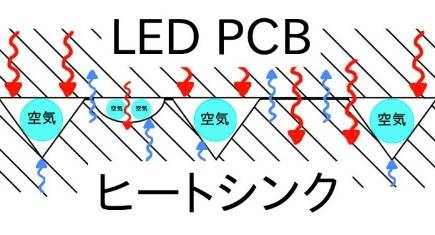
(PCB & heatsink contact cross section without grease)
■ Thermal Silicone Grease
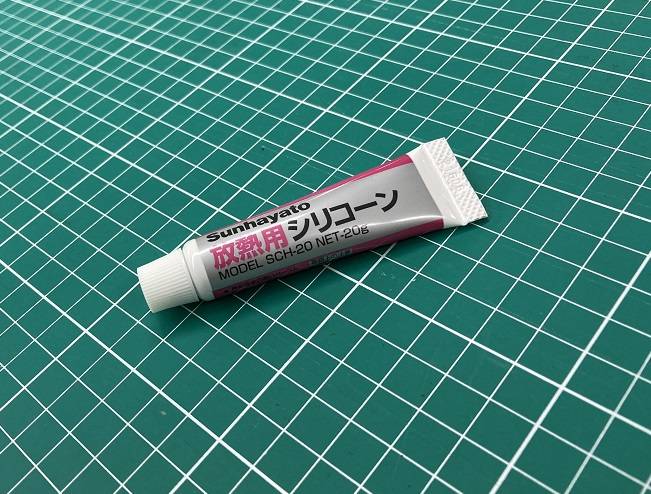
This is where thermal silicone grease comes in.
Thermal grease is a paste substance made by mixing heat-conductive powders into silicone oil. When applied between the PCB and heat sink, it fills in the gaps and scratches, allowing heat to transfer efficiently, which helps cool the PCB effectively.
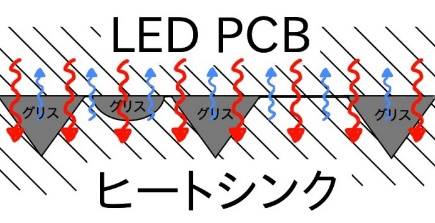
(PCB & heatsink contact cross section with grease)
Manufacturers vary, but thermal silicone grease can generally withstand temperatures from -50°C to 250°C, making it suitable for high-temperature parts like those in lighting fixtures. It’s easy to handle, even for beginners.
■ How to Use It
Now, let’s look at the maintenance process (applying thermal silicone grease) for this repair request.
Steps
1. Disassembly & Wiping Off Old Grease
2. Applying New Grease
3. Reassembly
4. Completion
Elation / SIXPAR 200 LED Par Light
The Elation SIXPAR 200 LED Par Light features RGBWA+UV LEDs for versatile use in various settings. It has 12 LEDs and lenses that produce beautiful colors.
1. Disassembly & Wiping Off Old Grease
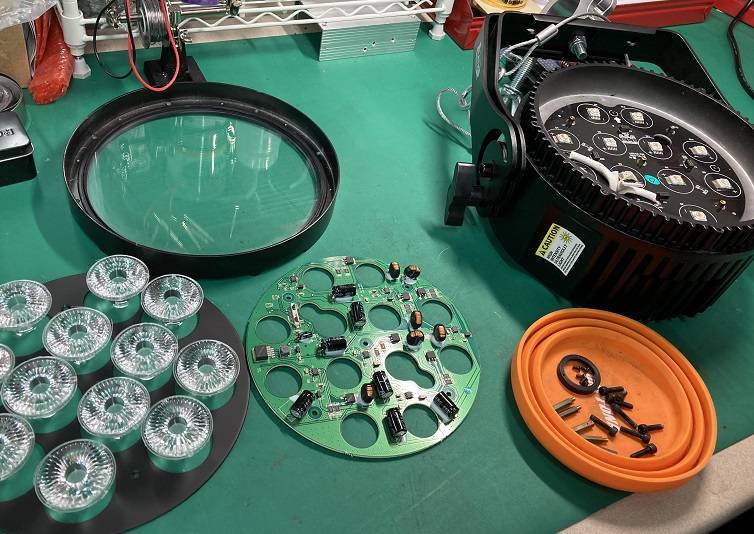
Start by disassembling the fixture, being careful not to lose any screws.
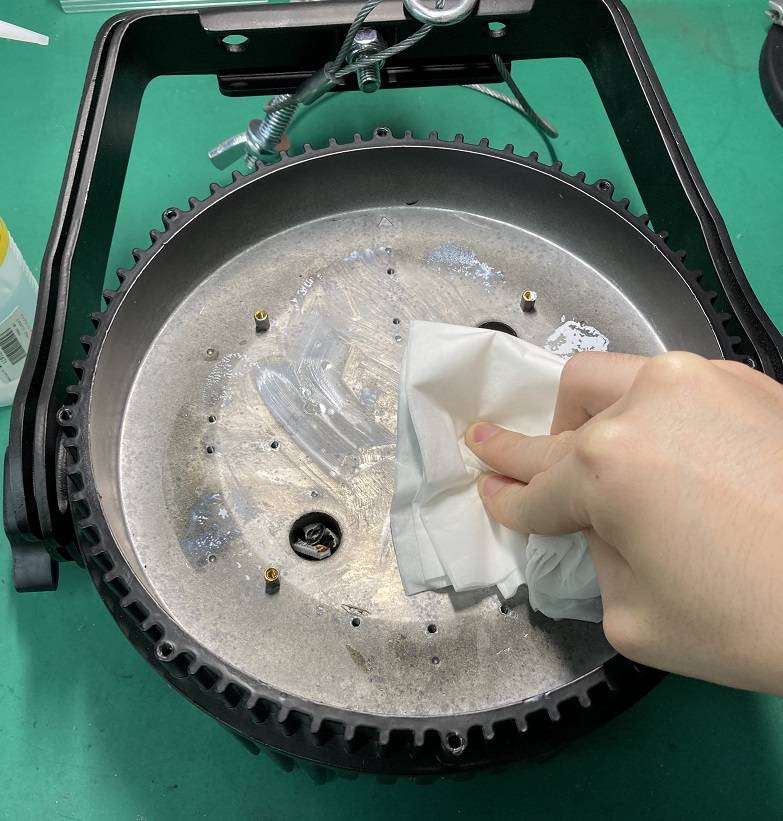
Wipe off the old thermal grease. Over time, exposure to heat can cause the oil in the grease to evaporate, leaving it dry and crusty. Even though it’s designed for heat dissipation, dried-out grease is much less effective, so be sure to clean it thoroughly.
2. Applying New Grease
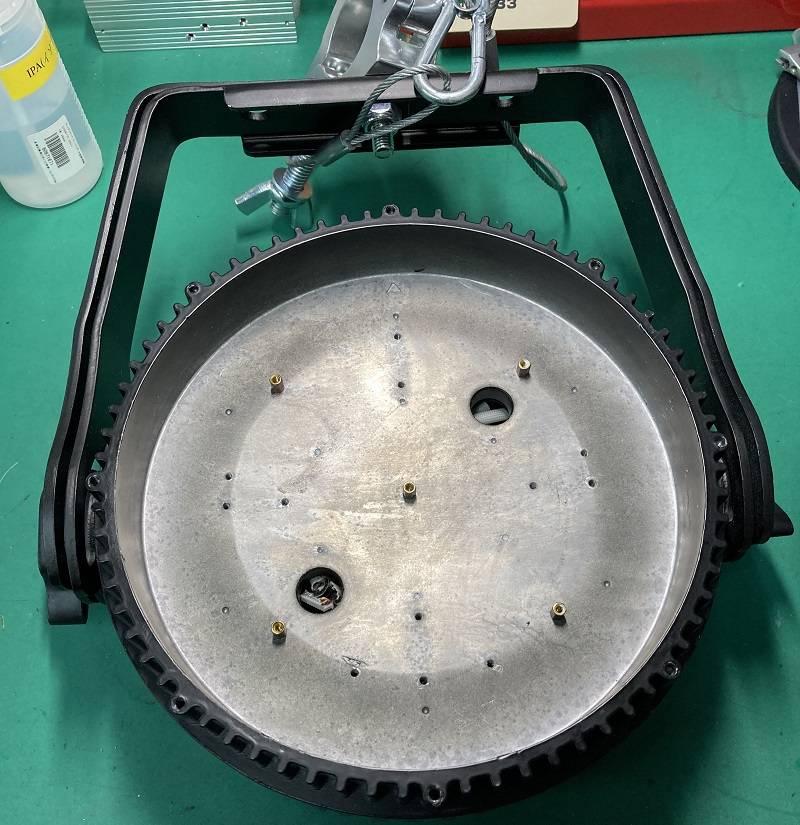
After cleaning, apply the new thermal grease. There are many ways to do this, but I use the Mount Fuji style, applying more in the center and less on the edges (When pressure is applied by attaching the PCB, the grease spreads evenly to the edges).
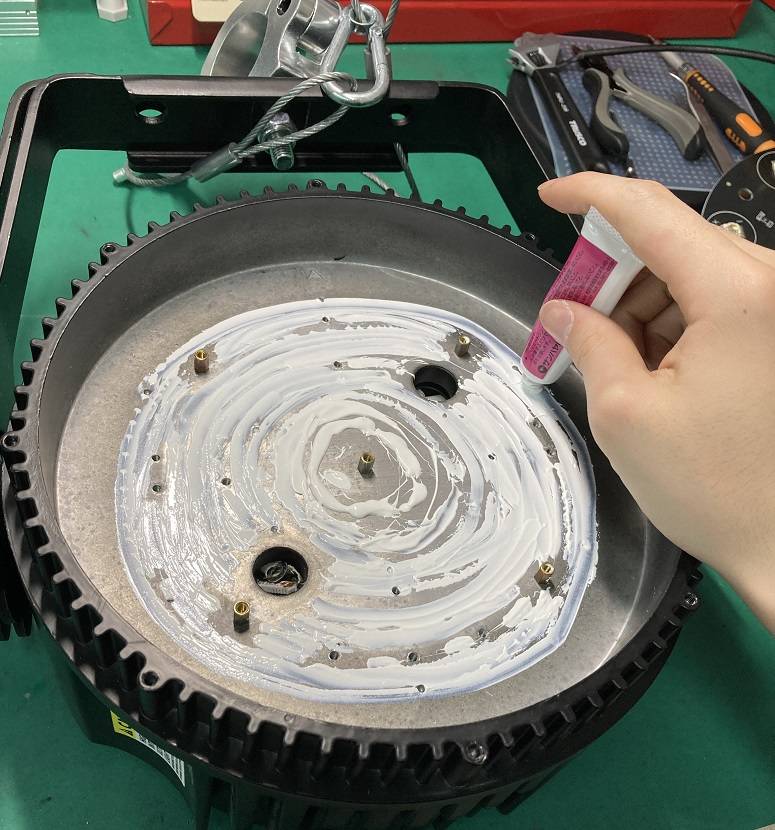
☆Pro Tip
Only apply a thin layer of thermal grease. The thicker the grease layer, the more heat gets trapped, which defeats the purpose. Just enough to fill in the gaps is ideal.
3. Reassembly
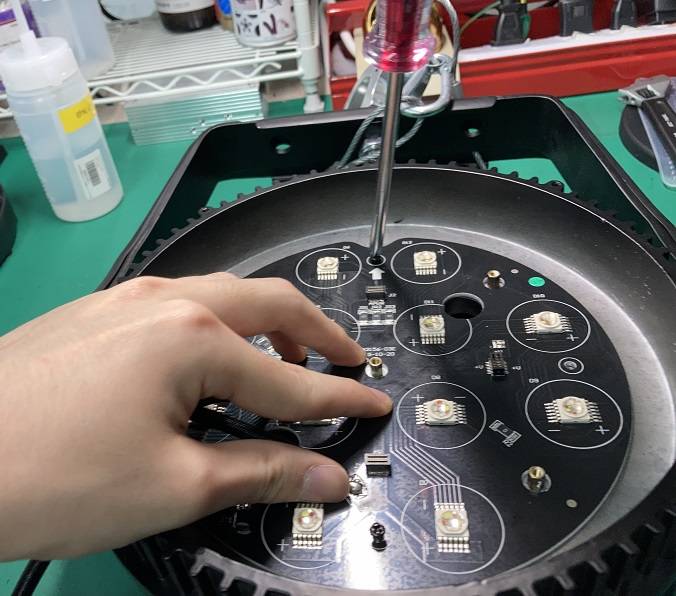
Once the grease is applied, place the PCB back onto the heat sink. Press lightly and screw it in to apply pressure.
The rest is reassembling to complete!
But if possible, turn on the LED to heat it for a while. This softens the thermal grease, allowing it to spread even thinner (Please be careful not to look directly at the emitting LEDs).
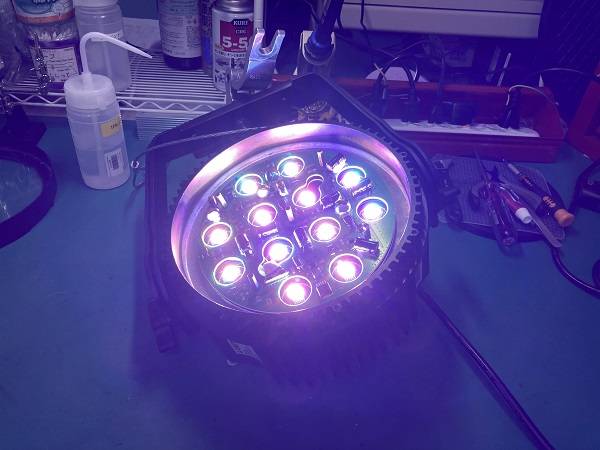
After heating, tighten the screws again to ensure better contact between the PCB and the heat sink (Be careful of the heat!).
4. Completion
Once you’ve reassembled everything, the process is complete!
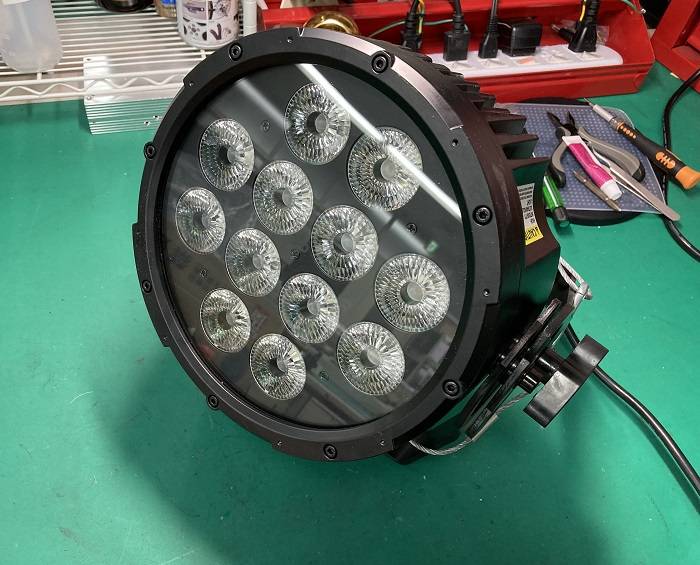
*Please note that we cannot be held responsible for any damages, injuries, or malfunctions that may occur during maintenance of the lighting fixture performed on your own.
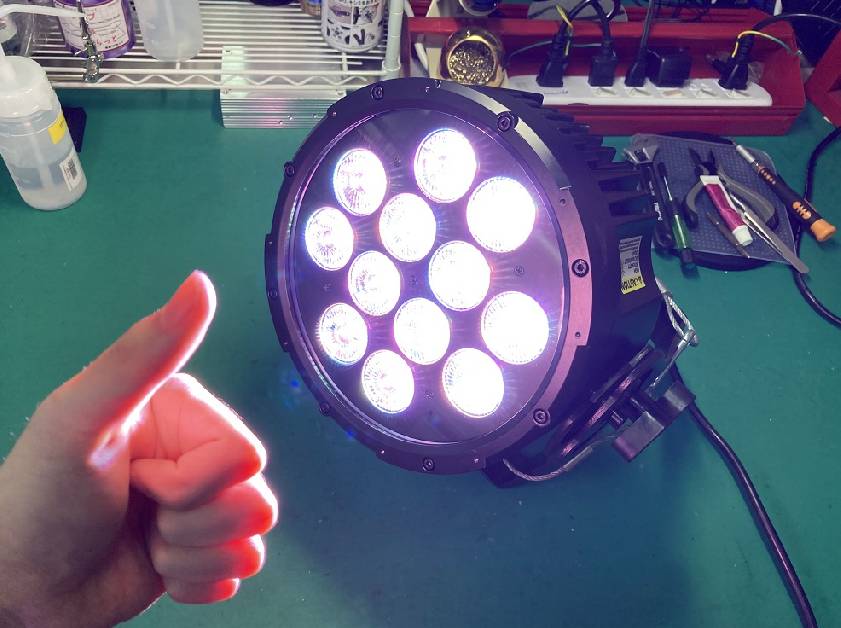
(Here’s a thumbs-up for the SIXPAR200, ready to head back to the stage!)
■ Conclusion
I hope this guide helped you understand the role of heat sinks and thermal grease.
Since heat sinks rely on air to cool, they won’t be as effective in environments without good airflow or in extreme temperatures. While maintaining your fixtures is important, ensuring the environment they’re used in is adequately cooled can greatly extend their lifespan. I hope this guide helps you prepare for the upcoming heat of summer!





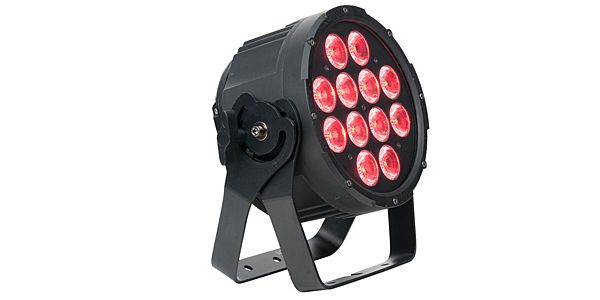

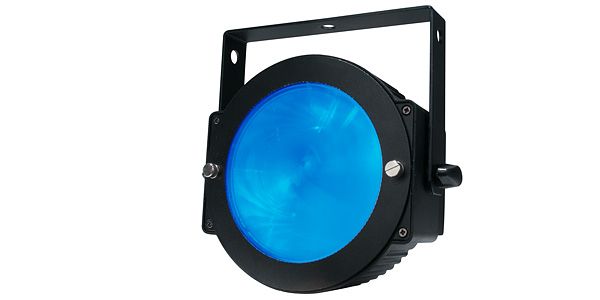
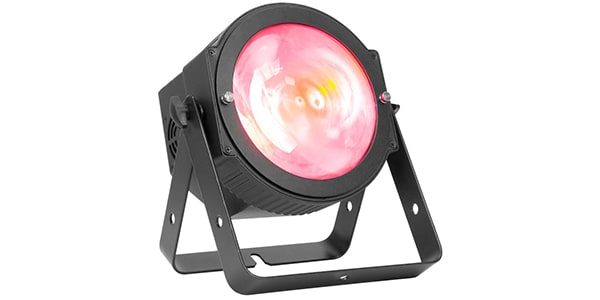

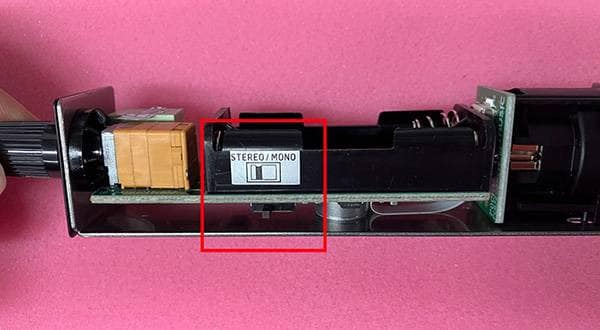

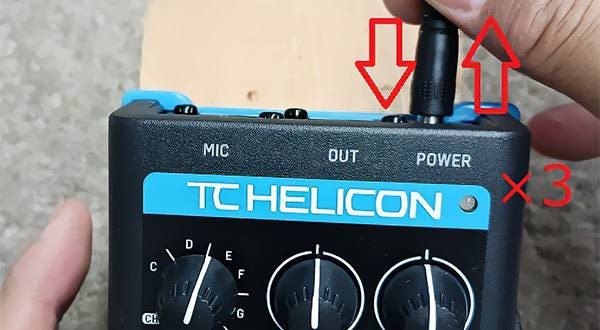
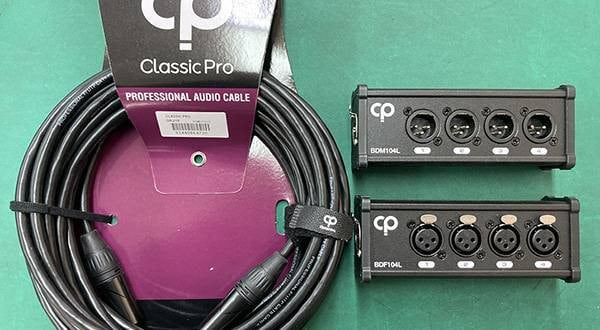
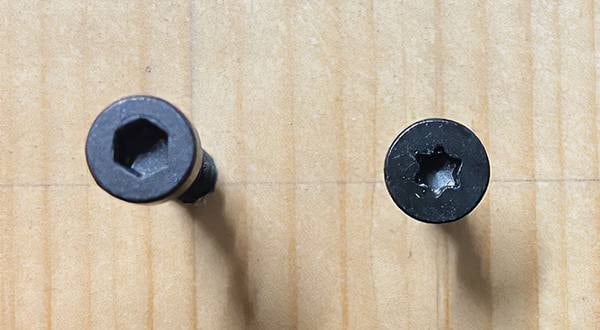
![How to Make a Shielded Cable for Beginners - An Easy-to-Understand Guide on Soldering [L-Shaped Plug]](/contents/uploads/thumbs/2/2022/5/20220506_2_17797_1.jpg)
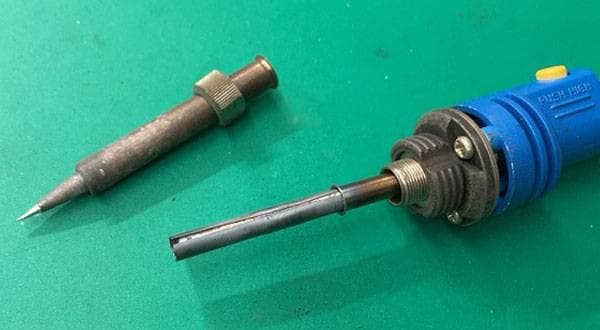
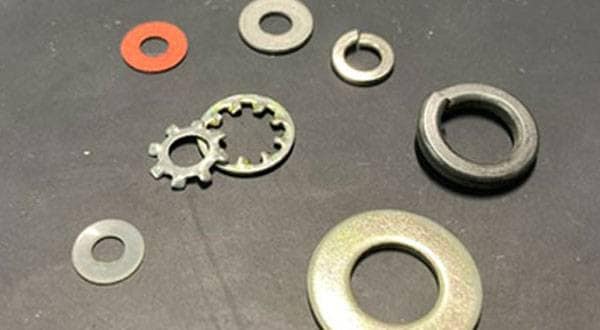
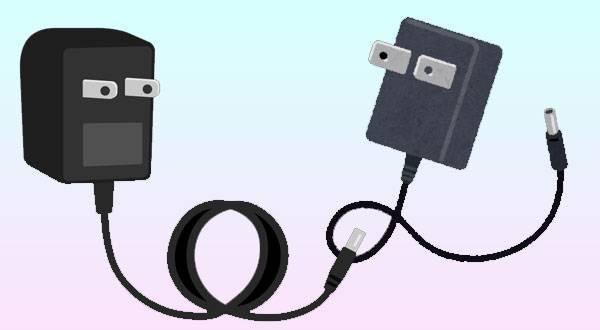
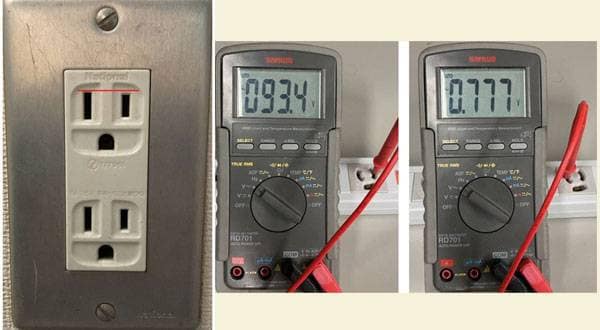
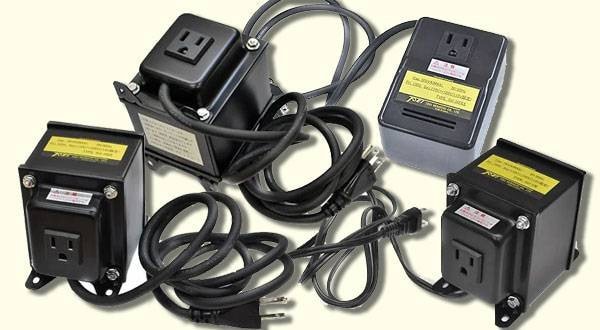
 お化けを倒してサウンドGET!
お化けを倒してサウンドGET!
 ライブ配信に必要な機材
ライブ配信に必要な機材
 バンドあるある相談
バンドあるある相談
 ライブ配信に必要な機材を徹底解説 オンラインライブの創り方
ライブ配信に必要な機材を徹底解説 オンラインライブの創り方
 サウンドハウス社員が選ぶ 『おもしろ商品』はコレだ!
サウンドハウス社員が選ぶ 『おもしろ商品』はコレだ!
 第2弾 あなたのエフェクターボード見せてください
第2弾 あなたのエフェクターボード見せてください















